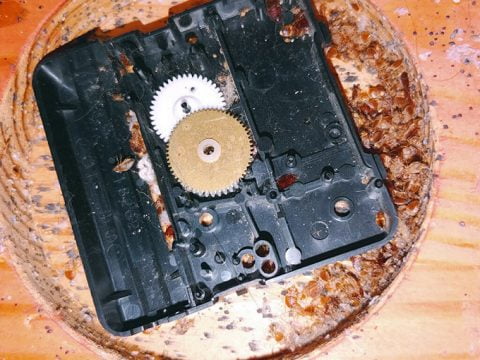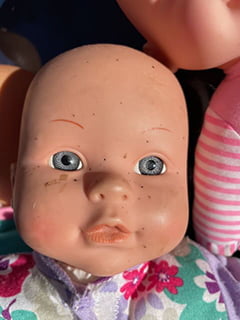Thanks to recent advances in product development and our understanding of bed bug biology, most pest management professionals (PMPs) now are reporting they have successful remediation protocols. There has also been a reduction in client preparation requirements, related to bed bug inspections and applications.
However, even when implementing successful remediation protocols, problem situations can occur. What’s going on, and how do we address them? The first thing to understand is if a protocol that is ordinarily successful has been implemented, but bed bugs continue to be a problem, it’s probably not the fault of the technician or the product(s). Most apparent control failures are caused by the clients’ actions or behaviors.
The Aprehend team has been building a comprehensive list of factors that can result in failure to eradicate bed bugs. Keep this list as a resource for times when you or your techs run into difficulties after what should have been a successful bed bug treatment:
Infested items that get taken back into the bed.
Your clients should have dried all bedding (comforters, pillows, etc.) at high heat. This is required by all successful protocols because bed bugs re-introduced into the bed can feed and thrive without getting exposed to residual treatments. However, clients might not be aware that the following items are infested. And if you don’t know about them, they can result in apparent treatment failure:
- Stuffed animals and baby dolls (Figure 1).
- Continuous positive airway pressure (CPAP) machines.
- Toenails (yes, bed bugs can establish harborages under them).
- Firearms (if kept under pillows).
- Flashlights.
- Books.
- Tissue boxes.
- Cell phones.
- TV remotes.
- Laptops.
- Infested pajamas or clothing worn in bed.
- Lap tables.

Figure 1 Stuffed animals, baby dolls, and items that stay on the bed without laundering create islands that prevent bed bugs from crossing Aprehend barriers.
Items that are used regularly but were not present during service.
You may not be aware of these when conducting service, so they go untreated, including:
- Vehicles.
- Car seats for infants and young children.
- Shoes (particularly if the client wears them while sleeping in a recliner).
- Purses and backpacks.
- Wheelchairs.
- Walkers.
- Prosthetics.
- Electronics and clocks.

Figure 2 Electronics are sometimes missed in bed bug treatment.
Forgotten items with dormant bed bugs.
Items such as these might be sealed in boxes or bags, but if there are bed bugs inside, they can survive for many months until disturbed or released:
- Boxes of photos, papers, toys, holiday décor and other “stuff.”
- Anything that is not accessed frequently or that is kept in a sealed box or bag.
- Client’s vacuum cleaner.
Ultimately, any bed bug job can throw you a curveball, but being aware of these potential issues might help resolve the problem.
A final word on client prep.
Insisting on extensive client preparation, such as emptying drawers and closets, is not a solution to any of the above. In fact, it can exacerbate the problem if infested items are bagged or boxed. The only essential prep is drying all bedding at high heat. Clutter is not an impediment to successful bed bug remediation when using reliable residual products because bed bugs must emerge from their harborages to take bloodmeals. Bed bug eradication will be successful with strategic placement of residual barriers between the harborages and food sources.
You can check out the original article in the PMP Bed Bug Supplement here.
Find other tech tips and training videos on the Aprehend channel. You’ll find information on strategic barrier placement, customer prep and education, even bed bug biology.
And find out more about how Aprehend can help you win the fight against bed bugs – see our case studies, proactive protocols, and introductory materials, or give us a call at (800) 891-8610.
We can discuss how to integrate Aprehend into your current protocol, reduce call-backs, and eliminate the most difficult infestations.
Homeowners: find an Aprehend professional near you here.

